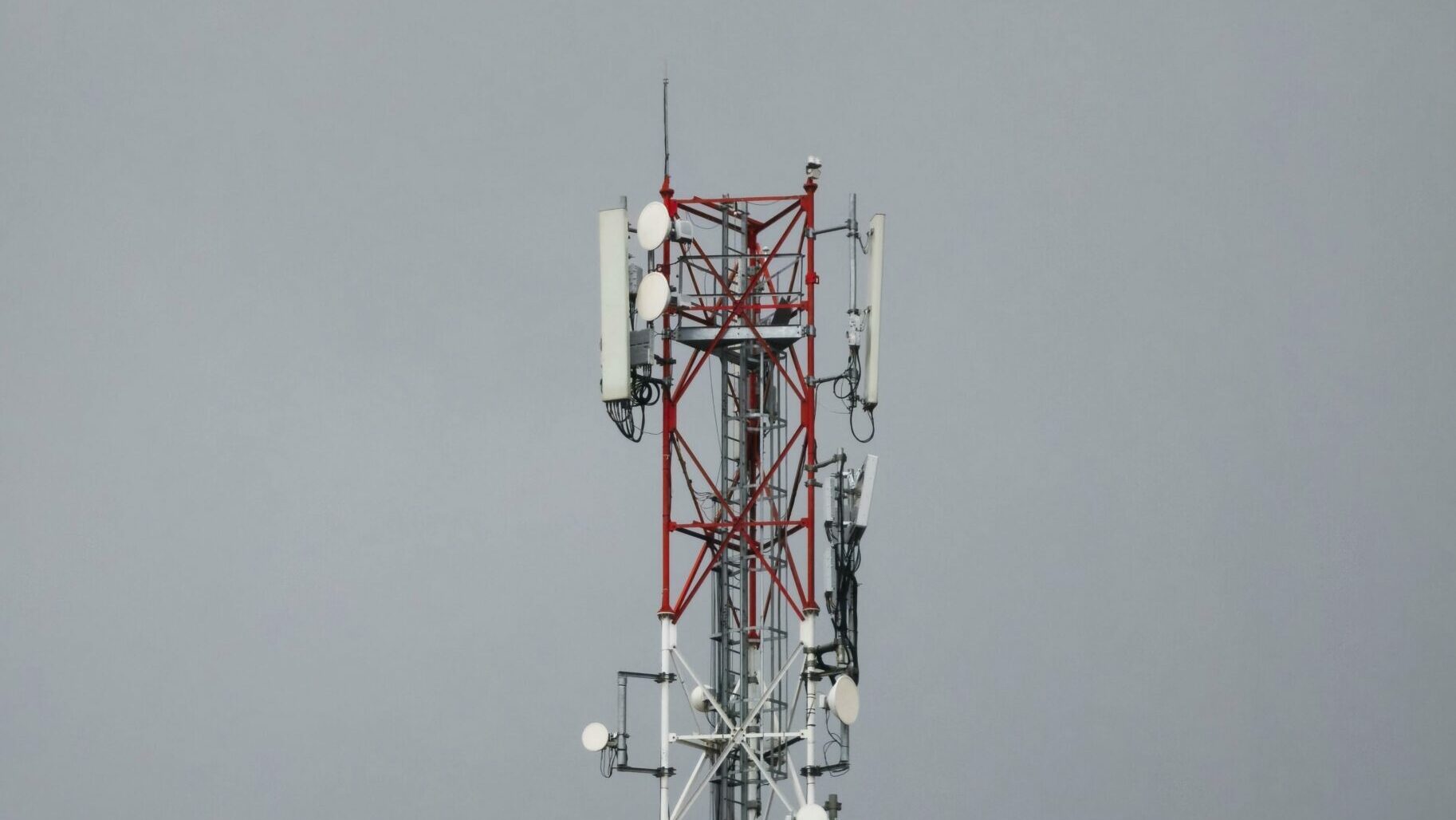The Hidden Dangers of Vaping: Why It’s Not as Safe as You Think
People have told us that vaping is the cooler, safer relative of smoking, with all the sleek devices and clouds that taste like candy. But beyond those Instagram-worthy puffs is a scary fact that isn’t good for you at all.

It may not smell like an ashtray, but there is a lot of proof that vaping is bad for your health in its own way that everyone should know about.
Let’s talk about what’s going on with your lungs first:
You might think that smooth inhale is effortless now, but vaping can really hurt your lungs. “Popcorn lung,” or bronchiolitis obliterans, is a very dangerous disorder that scars the small airways in your lungs until it becomes hard to breathe. It received its name since it first showed up in people who worked in microwave popcorn manufacturers and breathed in diacetyl, which is also in a lot of flavoured vape liquids. And then there was the 2019 outbreak of EVALI, a lung damage caused by vaping that sent thousands of people to the hospital with symptoms ranging from severe coughing to complete respiratory failure. Vitamin E acetate in THC vapes was linked to a lot of cases, which shows that what you’re breathing in isn’t just water vapour.
Let’s get rid of a big myth right now when it comes to what’s in that vapour:
It’s not simply water and flavouring that you’re blowing out. You are still breathing in a mix of chemicals, even if you are using nicotine-free choices (which often have little quantities of nicotine in them). When the liquid gets hot, it can make formaldehyde, which is the same chemical that is employed to keep bodies from rotting. The metal coils in your device leak lead, nickel, and tin particles right into your lungs. And those flavours that make you want to eat them? A lot of them have chemicals that have only been studied for eating, not for heating and breathing in directly into your sensitive lung tissue every day.
Now let’s talk about nicotine:
Here’s the odd part: a lot of folks turn to vaping to quit smoking, but they end up being even more hooked. E-cigarettes often have stronger nicotine and get into your body faster than regular cigarettes. It’s not just about willpower; nicotine affects the chemistry of your brain, making you want more and making you uncomfortable and angry when you try to quit. Teenagers are especially at risk since their brains are still growing and can have long-term repercussions on memory, focus, and impulse control. Studies reveal that kids who vape are more likely to start smoking traditional cigarettes later on, even if the “safer alternative” marketing says otherwise.
Your heart isn’t safe either:
That rapid burst of nicotine doesn’t just fulfil your craving; it also makes your heart race and your blood pressure rise. Studies have shown that vaping can make your arteries stiff nearly right away, and over time, this might cause major heart problems. More often than you may think, young, otherwise healthy vapers are going to the emergency department with cardiac problems.
What we still don’t know may be the most worrying thing:
We don’t know what the long-term effects of vaping will be yet, but the first signs aren’t good. We’re basically doing a huge public health experiment in real time, from how it affects brain development in teens to how it might be linked to long-term disorders. And unlike regular cigarettes, which the risks took decades to find, researchers today are screaming sirens far earlier in the game.
What it all comes down to?
That vape pen that seems harmless might not give you yellow teeth or a smoker’s cough, but it’s not safe at all. Vaping is dangerous and should be taken seriously. It can hurt your lungs and heart right away, it can make you addicted to nicotine, and it can have long-term effects that you don’t know about. There are better methods to deal with stress or stop smoking than rolling the dice with your health. Your future self will be happy that you decided to stop using the vape for good. You will have healthy lungs, a strong heart, and no addiction.







